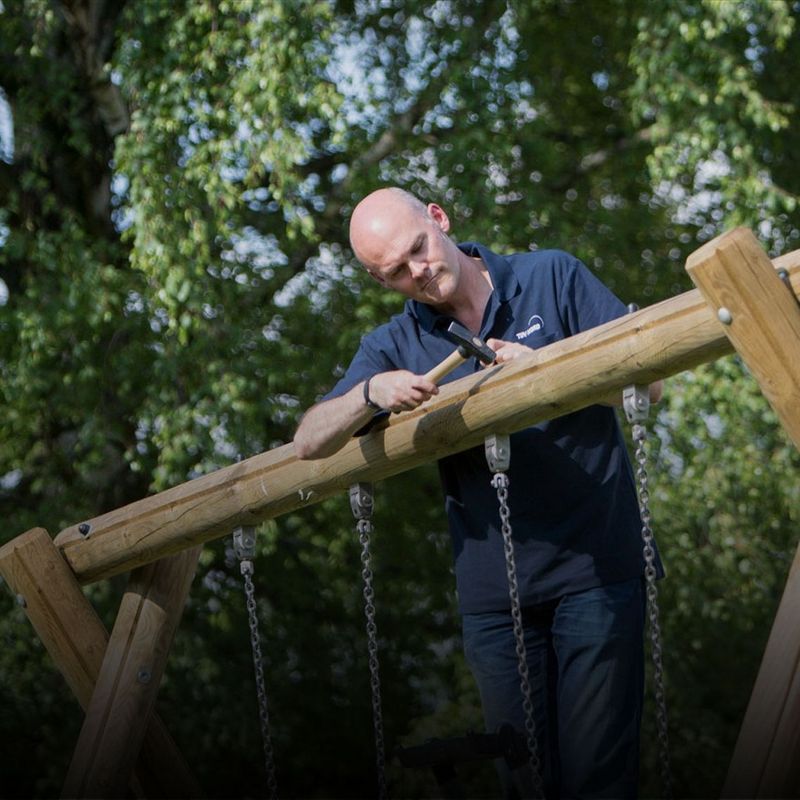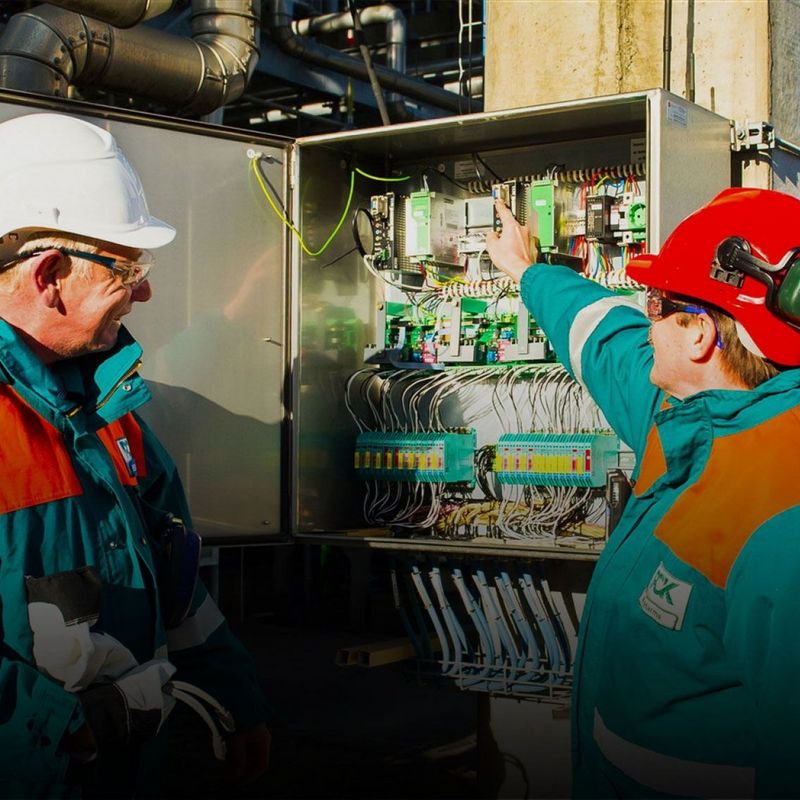15 September 2016
Major earth tremors and ground movements are unusual in Germany. But when they do happen, massive damage can result. Whether events of this kind are impending and how they are to be avoided is a matter for the engineers and scientists from DMT in Essen to judge.
In March 2009, the Cologne city archive collapsed into a conical depression which suddenly opened up out of nowhere at the Waidmarkt underground railway construction site. A disaster of historic proportions. After all, the Cologne archive had been home to some 65,000 documents from 1,100 years of the city’s history, 1,800 manuscripts from the Middle Ages and the early modern era, and 150,000 maps and plans. It also housed more than half a million photos and approximately 800 collections – including those of the composer Jacques Offenbach and the winner of the Nobel Prize for literature Heinrich Böll.
A total of 95 percent of the archive material was recovered from the rubble and water – the remaining five percent were irretrievably lost. The restoration of all the documents recovered will take decades. If one single restorer were to be entrusted with the mammoth task of restoring the archive after the collapse, it would take him 6,300 years.
© Udo Geisler DMTEngineers and scientists from DMT working at the former Cologne city archive.
Accurate assessment of static stability
Exactly why the archive collapsed in the first place, with a total cost to the city of Cologne in the order of € 1 billion, has never been established beyond doubt. The fact that the drama did not unfold into a much more extensive catastrophe is at the end of the day down to DMT. The company is an internationally active independent engineering and consulting services provider. The activities of DMT in Cologne include geotechnical assessments of the static stability of the substrate and of the adjacent buildings, and 3D laser scanning for the purpose of geometric documentation and evidence preservation. In the wake of the accident DMT also installed a complex geotechnical monitoring system for geodetic and technical monitoring.
This monitoring system remains an integral part of the renovation work on the building site to this day. “It is designed to monitor the environment in order to ward off further threats. It consists of a tachymeter system with numerous measurement points that monitors the position and height of earth and building movements,” says Dr Karsten Zimmermann, head of the office for ground movements.
Also recorded are the angle of inclination of building walls and structural elements, groundwater levels and vibration immissions in buildings which may potentially be vulnerable to earth tremors. In the process all the components are networked with an automatic monitoring system as a means of alerting the control centres to any sudden expansion of the damage site.
Safety for everyone
The geodetic, geophysical and geotechnical monitoring of geohazards in large projects is of major significance for the construction and raw materials industries. “Everything we do is dedicated to the protection of people and property through measurement, monitoring and the analysis of safety-related parameters,” says Dr Zimmermann. For example, it is necessary to monitor the course of soil and earth movements to permit an assessment of the movements and their causes. Especially in populated areas, real time monitoring with modern measuring systems may be necessary to provide warning of a sudden event – for instance, the opening up of a sinkhole as a possible consequence of the collapse of a mineshaft.
The quality requirements on the corresponding monitoring systems have undergone significant tightening, not least due to increased environmental sensitivity and the stringent safety requirements. In many projects, DMT’s monitoring work makes an important contribution to the early identification of risk areas and potential for damage and the timely implementation of preventive measures. “DMT provides crucial information for comprehensive risk assessments in all phases of its clients’ projects,” says Dr Zimmermann by way of underscoring the importance of his company in damage prevention.
© Udo GeislerThis monitoring system remains an integral part of the renovation work on the building site to this day.
Repertoire of monitoring orders
In addition to the Cologne city archives, DMT is involved in numerous other projects. Here are some examples:
- Since the end of 2012 DMT has been operating a seismological vibration monitoring system in the natural gas fields in the area between the Weser and Elbe for the purpose of recording seismic events. Measuring stations to record the ground vibration velocities at the Earth’s surface were built in public and private buildings for this purpose. The seismological detection network also features six drill-hole measuring stations. The holes are up to 200 metres deep. This ensures that even the smallest vibrations are noticed.
- Because of underground cavities which open up as a result of near-surface mining activity or from natural underground substance dissolution and transport processes, sinkholes can open up on the surface and lead to significant damage, especially in populated areas. In Thuringia, for instance, numerous sinkholes have in recent years opened up in residential areas, with significant damage to buildings. For this reason, DMT was commissioned by the Thuringian state Office for the Environment and Geology with the establishment of a comprehensive monitoring system for soil and earth movements. The aim was to arrive at an assessment of the residual activity. What has been installed is a real-time monitoring system with various measuring devices consisting, among others, of sinkhole gauges, drill-hole geophones, drill-hole extensometers, microphones and a camera. All the components are linked to an automatic tracking system and alert the control centres when the earth begins to move in the affected area.
“The monitoring system is used to monitor the environment in order to ward off other threats. It consists of a tachymeter system with numerous measurement points that monitors the position and height of earth and building movements”
The measurement results are available online
Measuring methods almost always entail immense amounts of data. DMT operates a complex hardware and software solution to handle and analyse the measurement data. “DMT SAFEGUARD administers, visualises and analyses geodata and, with its sophisticated early-warning and notification system, enables us to make fast and informed decisions. In this way it supports professional risk management,” explains Dr Zimmermann.
Clients can retrieve the measurement data and limit values via a Web user portal with interactive Web GIS maps. Web GIS is a computerised information system by means of which the spatial data can be digitally captured and edited, stored and reorganised, modelled and analysed; it can also be prepared and visualised in an alphanumeric form.
It is usually this technology that the technical office for ground movements (Fachstelle für Bodenbewegungen) operates a citizens’ information service in Northern Germany based on DMT SAFEGUARD on behalf of the commercial association of petroleum and natural gas extractors (Wirtschaftsverband Erdöl- und Erdgasgewinnung) which local residents can use at any time to access online information on the current vibration situation.
YOU MAY ALSO LIKE
The mining industry and its heritage
There are regions in Germany, such as Saarland and the coal-mining area in north Rhine- Westphalia, which would lose a whole chunk of their identity without mining. However, mining also has its downsides. mining subsidence in particular can cause an awful lot of trouble for the population of the affected areas: Cracks crisscross walls, water pipes burst, and some buildings even begin to list.
All of the above effects are due to the cavities that open up as old mines decay, with the inevitable consequence, sooner or later, of surface sinkholes. It is no wonder that special requirements have long been in place for the construction of housing in former mining areas. According to the federal mining act (Bundesberggesetz), the developer must liaise with the mine operator during the planning process. Checks are required to establish the degree to which preventive measures are needed and whether they will be sufficient. If they are inadequate, additional safeguards are required.




